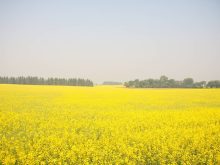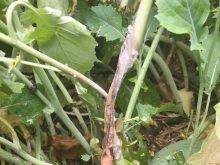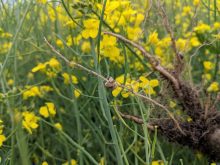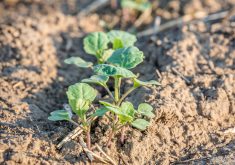Canola cropping patterns in the Prairies may have to adapt to climate change in the coming years — but the changes should be relatively positive for production.
Canola area continues to be the leader in Western Canada, with a total of 21.9 million acres sown this year according to Statistics Canada. This is over 3.2 million acres higher than spring wheat, which is the second most popular crop grown in the Prairies. Although canola is still weighted to the northern and central growing areas of the Prairies, improving drought resistance has resulted in canola becoming a crop grown universally across the region.
Many studies have examined the changes to the climate in Western Canada over the past couple of decades. A review of the research on climate change in the agricultural growing regions in Canada was conducted by Mapfumo et al. in the Canadian Journal in Plant Science in 2023. The authors examined the research to date of the parameters that are important to producing crops.
Read Also
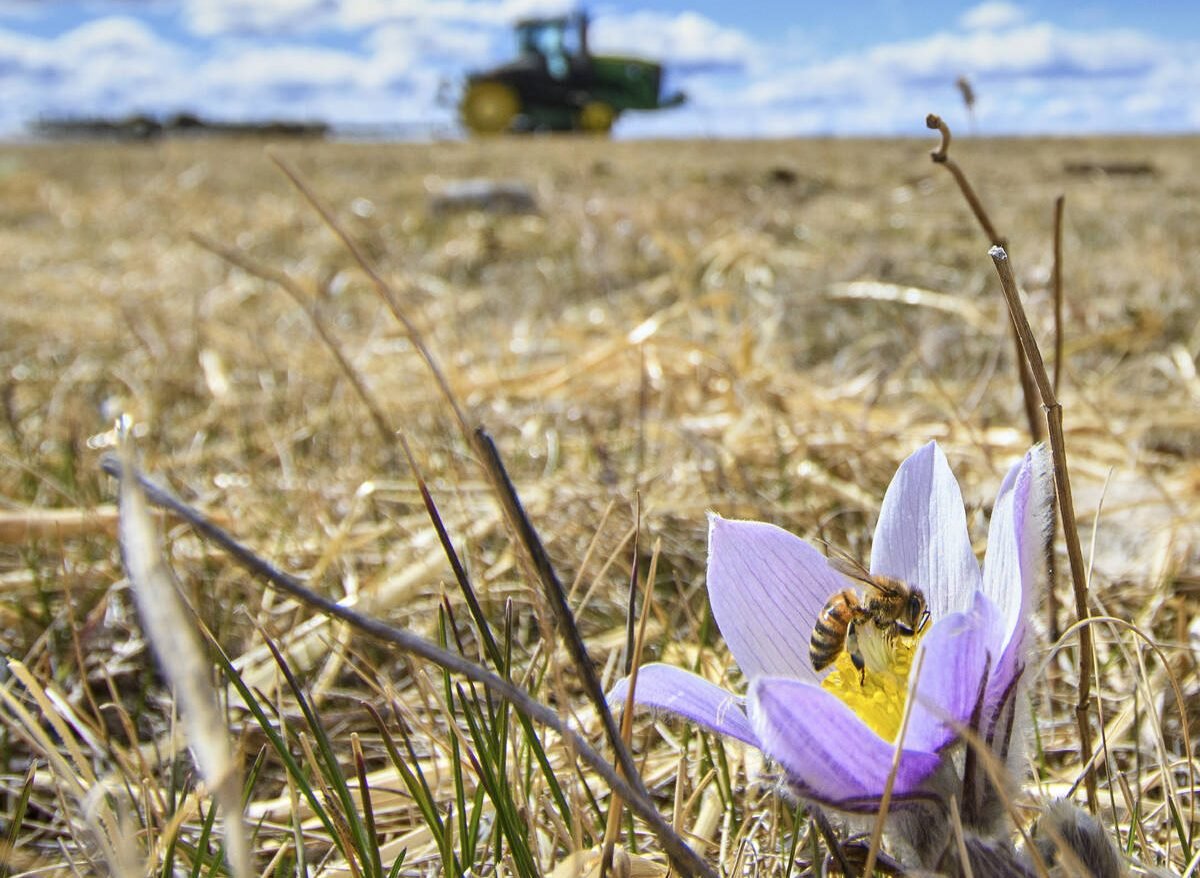
USask-led startup testing AI insect management app for Prairie growers
An AI-driven insect app identifies pests and beneficials, maps field-level pressure and offers management advice. Its developers at the University of Saskatchewan seek Prairie farmers for winter beta testing.
Of the factors examined the in the review, the three most critical parameters for canola production are growing season precipitation; growing season length; and air temperatures during the growing season. The research indicates changes in all three parameters have occurred over the past 100 years.
Oil and water
Every farmer knows precipitation is the critical element for producing crops on the Prairies. The weather during the past two growing seasons certainly proves the point that “rain makes grain.” Research indicates that growing season precipitation has increased since 1900. In Alberta’s agricultural region it has increased by 18 mm over the period beginning in 1900. In another study, Prairie rainfall has increased by 39.2 mm over the growing season in the period from 1956 to 1995. The increase in precipitation is welcome news for canola production in the coming years. Canola yields are generally directly related to the amount of moisture received during the growing season.
The increase in moisture during the growing season may increase disease pressure on canola. Insect pressure may also increase with the wetter growing conditions and increased temperatures. Insect pressure may also be increased by warmer winter weather and decreasing snow cover.

The western window
Growing season length is the second most critical factor in producing crops in Western Canada. This is particularly true for canola, which still has significant acreage in northern growing regions. Western Canada has seen the growing season increase by between three and 12 days, using data from 1920 to 2020.
Frost dates have also changed in Western Canada with the median spring frost earlier by 11.1 days and the fall frost dates were later by 9.4 days. A longer growing season adds yield potential for canola. The extension of the frost dates in the fall should also improve crop quality.

Growing by degrees
The heat experienced over the past two growing seasons has certainly brought temperatures to the forefront in terms of risk to crops. The maximum air temperatures have been increasing by between 2.4 and 3.6 C during the period from 1950 to 2010. The increase in maximum temperatures is probably the largest concern for canola production in the future. Although the temperatures during the growing season are expected to be higher than current levels, canola yields are not likely to be significantly impacted by the higher temperatures.
In conclusion, climate change is expected to have a mostly positive impact on canola production in Western Canada during the coming years. The net benefit of increased moisture and longer growing season will more than offset any negative impacts from increased disease and insect pressure.




